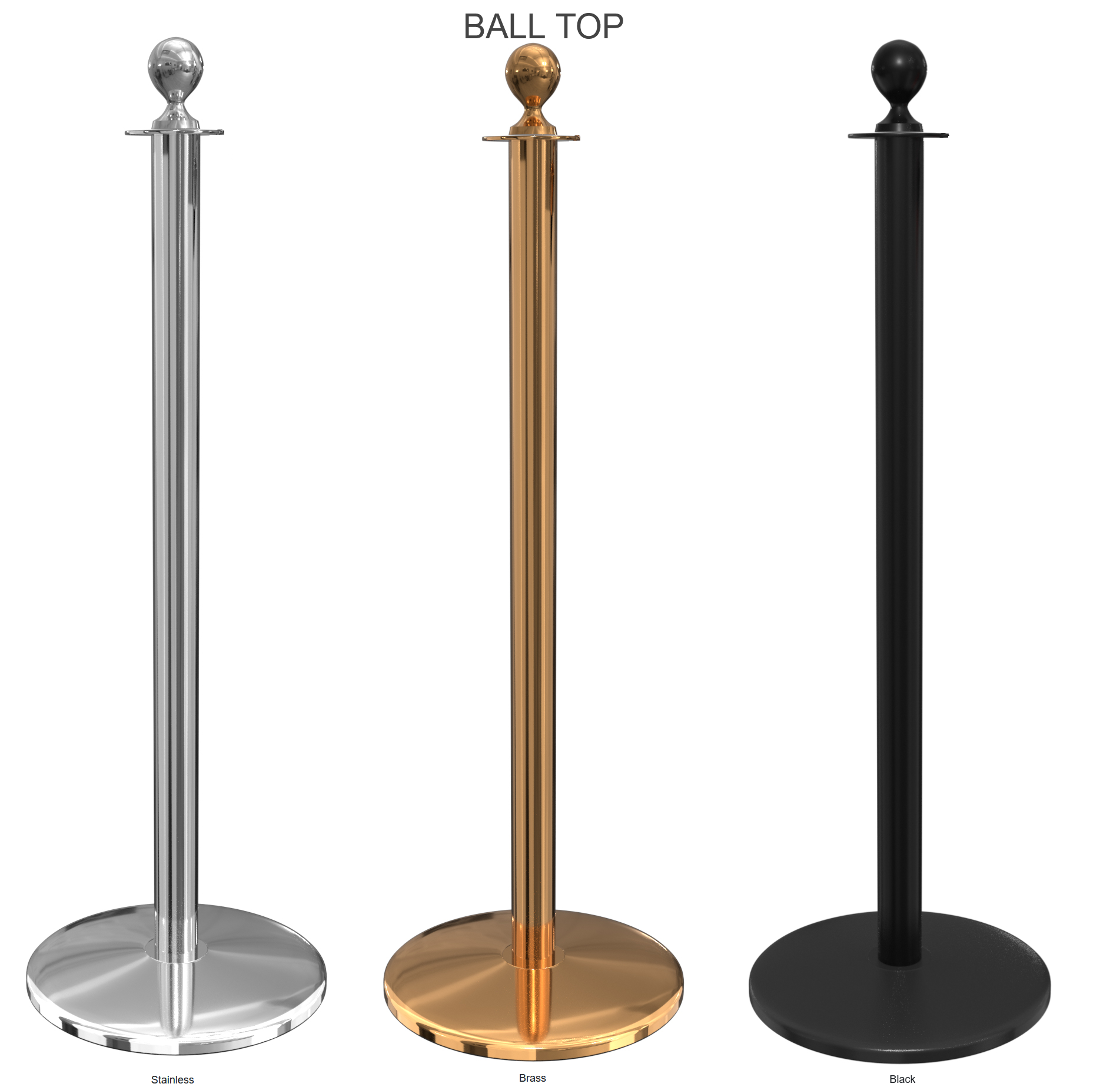Three of the most controversial U.S. Presidential Acceptance Speeches were delivered by Richard Nixon in 1968, Ronald Reagan in 1980, and Donald Trump in 2016. These speeches resonated with the nation’s political climate at the time, emphasizing or striking a tone that ignited intense public debate. Each speech's staging amplified its impact, with careful attention to patriotic decor elements such as red carpets, stanchions and rope, and ceremonial ribbons, creating powerful visuals that complemented the themes and atmospheres of the speeches. Each of these presidents were overwhelmingly supported by the public, who turned out to vote in unprecedented numbers for their time. To complement National Election Day of November 5, 2024, CeremonialSupplies.com shares the decorative elements of these memorable speeches by revisiting each!
.png)
1. Richard Nixon, 1968
Nixon’s acceptance speech in 1968 was held at the Republican National Convention in Miami Beach, Florida, during a time of anti-war sentiment and social unrest. The nation was grappling with the Vietnam War and civil rights protests, and Nixon’s speech emphasized a return to "law and order." His language was easily propagandized by liberal media outlets of the day, aiming for a wider readership by using inflammatory language and suggesting the President’s speech was aimed at pushing back against civil rights movements and anti-war protests. It is however important to note, that President Richard M. Nixon ended the Vietnam War, contrary to the propaganda of the day.
The stage was meticulously crafted to reflect a sense of patriotism, and nationalism. A deep red carpet led up to the podium, lending an aura of formality and power. Stanchions and rope guided guests toward the main stage, where rows of American flags created a visually powerful background. Around the podium, ceremonial ribbons in red, white, and blue adorned various elements of the setup, while patriotic buntings lined the edges of the platform. The decorations underscored Nixon's message of unity under a strong government, with the numerous flags acting as a patriotic reminder of the country’s identity amidst unrest. This stage decor heightened the impact of Nixon's words, blending a call for unity with a patriotic vision of pride and order.

2. Ronald Reagan, 1980
In 1980, Ronald Reagan’s acceptance speech at the Republican National Convention in Detroit, Michigan, was both inspiring and controversial. Reagan’s speech championed conservative ideals, advocating for limited government intervention and a return to "traditional values." His call for a strong defense and reduced taxes resonated with some but concerned others who feared a rollback of social programs. His rhetoric, often poetic, presented a bold vision of “Morning in America,” a concept that both inspired but unsettled different sectors of organized collectivism movements.
Reagan's stage was a reflection of classic Americana, designed to convey optimism and strength. A stately red carpet stretched across the stage, inviting attendees into the space with gravitas. Stanchions and rope flanked the red carpet, giving the setting a sense of exclusivity and importance, while ensuring a smooth flow of high-profile guests toward the podium. Ceremonial ribbons and numerous American flags framed Reagan as he spoke, each flag waving softly in the background, creating a backdrop of patriotism. The red, white, and blue bunting adorned the perimeter of the stage, enhancing the sense of national pride. With each element, from the red carpet to the ceremonial ribbons, the decor amplified Reagan’s image as a leader who would bring stability and pride back to the nation. Reagan’s speech and its surrounding decor evoked an atmosphere of renewal, visually reinforcing the notion of a fresh start.

3. Donald Trump, 2016
Donald Trump’s acceptance speech at the 2016 Republican National Convention in Cleveland, Ohio, was one of the most propagandized Presidential speeches in recent history as the media empire turned their focus against him. Unlike the optimistic tone presented by the President to return the country to the traditional American values that reject crime, terrorism, and economic hardship, the media collectively chose to attack a return to traditionalism and in doing so alienated the great majority of Americans who were desperately seeking the renewal of policies which took into account individual freedom, and release from an overreaching government that had slowly crept into the country over the four presidencies before him. His direct approach was popular among the majority of American but controversial to smaller groups of a more militant culture which had been glorified by the media.
Trump’s stage design took symbolism to new heights, with the most extensive display of American flags in recent memory—over 40 were displayed in grand, symmetrical rows. This potent display was enhanced by red carpets that led up to the podium, creating a pathway for Trump that was flanked by stanchions and rope. These not only guided attendees but created a sense of ceremony and exclusivity, emphasizing the importance of the moment. Ceremonial ribbons in patriotic hues adorned the stage, draped across the edges and podium, and buntings of red, white, and blue decorated the sides of the platform. These visual elements, combined with the sheer volume of flags, created a display that was both dramatic and imposing, framing Trump’s speech with an aura of strength and patriotism.

Common Elements in Presidential Acceptance Speech Décor
Across all three speeches, certain decorative elements have remained consistent in symbolizing patriotism and unity. Red carpets are often used to guide the president-elect to the podium, lending an air of formality and tradition. Stanchions and rope maintain crowd control and focus the audience’s attention on the main speaker, while ceremonial ribbons and patriotic buntings in red, white, and blue add vibrancy and depth to the stage. American flags are essential, with each display customized to reflect the speech's tone and the president-elect’s message. In these speeches, these decor elements—red carpet, stanchions and rope, and ceremonial ribbons—not only framed each leader but also reinforced the symbolism of their words, making each speech a visually powerful and memorable event in American history. Shop CeremonialSupplies.com for all your patriotic event decorations. Click here for a quote.
